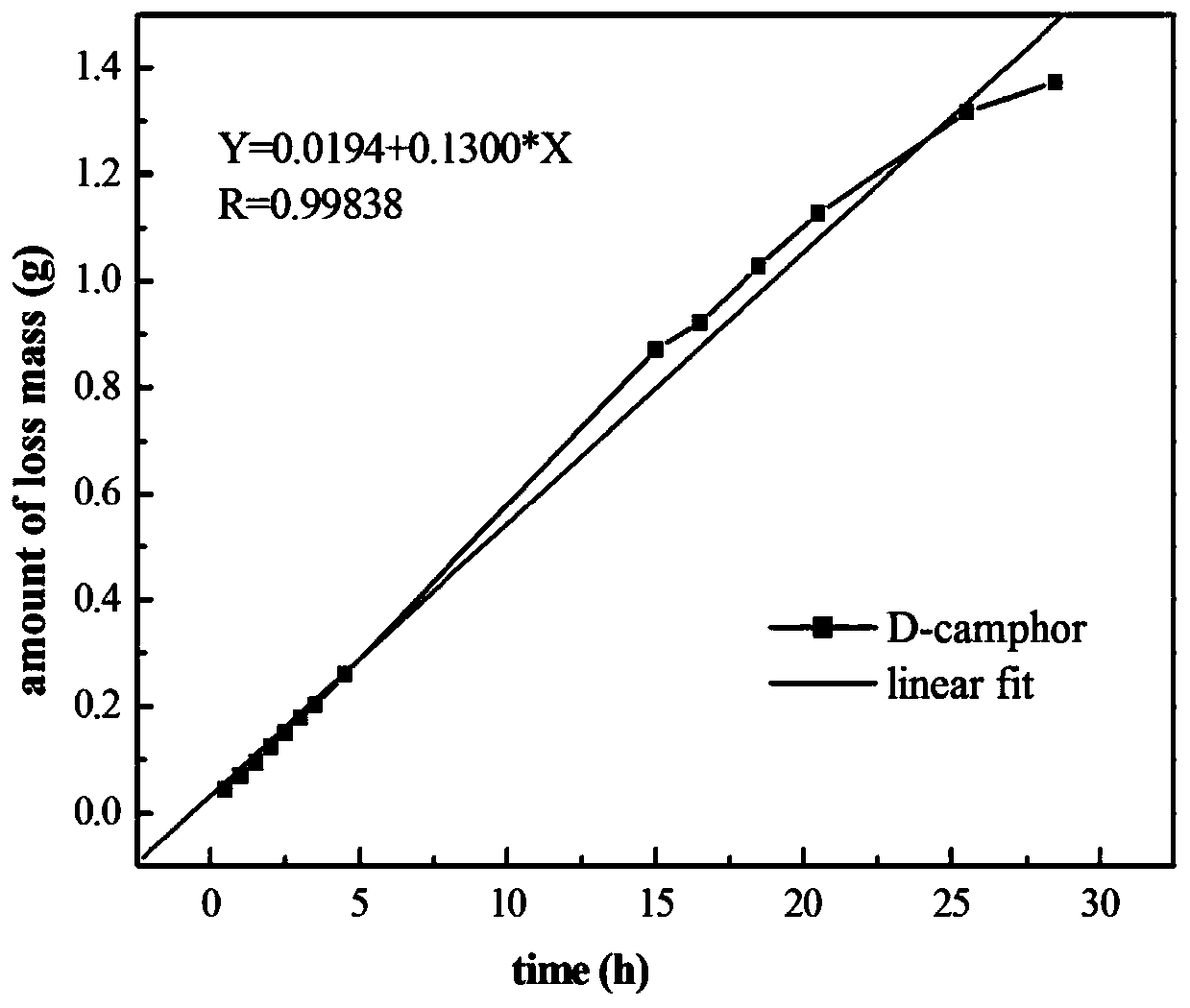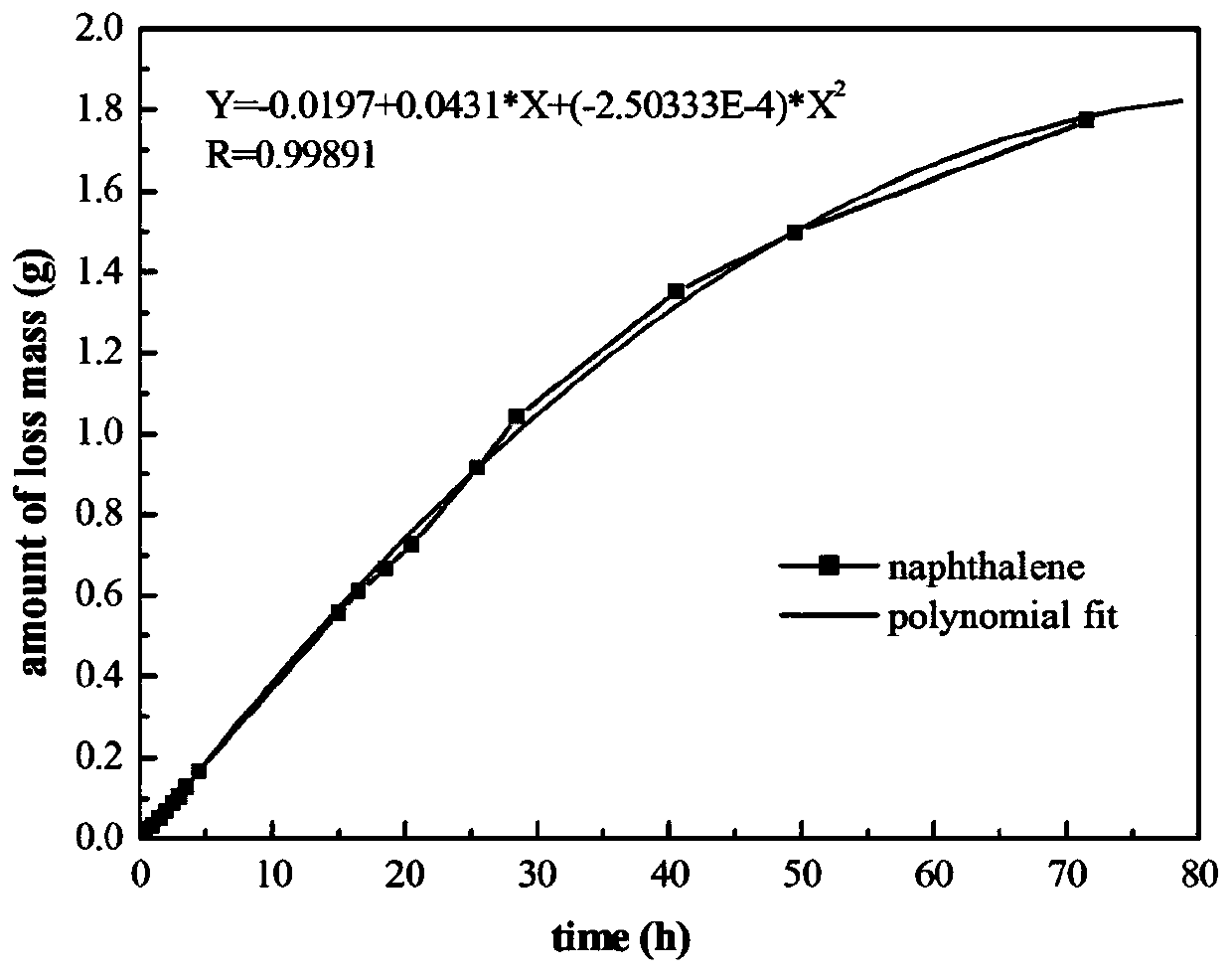Application of temporary solid materials in the extraction of fragile archaeological remains
A temporary and fragile technology, applied in soil protection, infrastructure engineering, fiber treatment, etc., can solve problems such as single sublimation speed, inability to provide, and inability to meet the requirements of cultural relics protection workers for artificially adjustable duration, and meet the price Inexpensive, good reinforcement, good matching effect
- Summary
- Abstract
- Description
- Claims
- Application Information
AI Technical Summary
Problems solved by technology
Method used
Image
Examples
Embodiment 1
[0055] Camphene Used in the Extraction of Painted Relics
[0056] Clean up the soil on the surface of the painted relics to be extracted and separate them from the surrounding relics. After heating and melting the camphene, use a brush to apply it on the surface of the painted relic. When brushing, make sure that the brush stays on the surface of the relic for 1-2 seconds to ensure that the liquid penetrates. After brushing once, spread gauze on the surface of the relic to ensure The gauze is docile on the surface of the remains, and then the molten amphene liquid is brushed on the gauze. After solidification, the painted relics were taken indoors as a whole. Permanent reinforcement from the back with acrylic emulsion AC33. Place the remains in a fume hood, let the camphene volatilize naturally at room temperature, and remove the gauze. Then reinforce it with acrylic emulsion AC33 from the front until the painted relics are thoroughly reinforced and reach a certain strength...
Embodiment 2
[0059] Camphor is used in the extraction of broken pottery
[0060] Separate the pottery from other surrounding relics, ensure that the relative position of each piece of pottery is the same as when it was unearthed, clean up the soil around the pottery, cover the whole pottery with gauze, brush the molten camphor twice, and wait for the first time to solidify Finally, brush again to ensure strength. Extract the reinforced pottery as a whole, wrap it with plastic film, put it in the storage box, and wait for the right time to carry out subsequent protection treatment.
[0061] The pottery extracted by the above method is broken into dozens of fragments, the texture is fragile, and the relative position information between the pottery pieces needs to be guaranteed. After being reinforced with camphor, the plastic film is wrapped to delay the volatilization of camphor, which can keep the extracted pottery with a certain strength within half a year and can withstand certain hand...
Embodiment 3
[0063] Use of naphthalene in the extraction of burial murals
[0064] Determine the scope of the mural to be removed, do a good job of recording such as taking pictures and measuring in the early stage, use charcoal to bake the picture, reduce the moisture content of the mural, spread the cut gauze of appropriate size on the surface of the mural, and apply the molten naphthalene brush on the gauze , stay for a few seconds to ensure that naphthalene can penetrate into the mural, and after the first pass is cured, brush again to ensure that the mural and the gauze are consolidated into one, separate the mural from the support behind it, and place the shoveled mural on a bag On the support of the sponge, carry it out of the tomb. In the laboratory, place the removed mural in a fume hood, blow the surface of the mural with a hair dryer, accelerate the volatilization of naphthalene, remove the gauze, infiltrate the permanent reinforcing agent MC76 from the back, and then perform pe...
PUM
| Property | Measurement | Unit |
|---|---|---|
| melting point | aaaaa | aaaaa |
| melting point | aaaaa | aaaaa |
| melting point | aaaaa | aaaaa |
Abstract
Description
Claims
Application Information
 Login to View More
Login to View More - R&D
- Intellectual Property
- Life Sciences
- Materials
- Tech Scout
- Unparalleled Data Quality
- Higher Quality Content
- 60% Fewer Hallucinations
Browse by: Latest US Patents, China's latest patents, Technical Efficacy Thesaurus, Application Domain, Technology Topic, Popular Technical Reports.
© 2025 PatSnap. All rights reserved.Legal|Privacy policy|Modern Slavery Act Transparency Statement|Sitemap|About US| Contact US: help@patsnap.com



